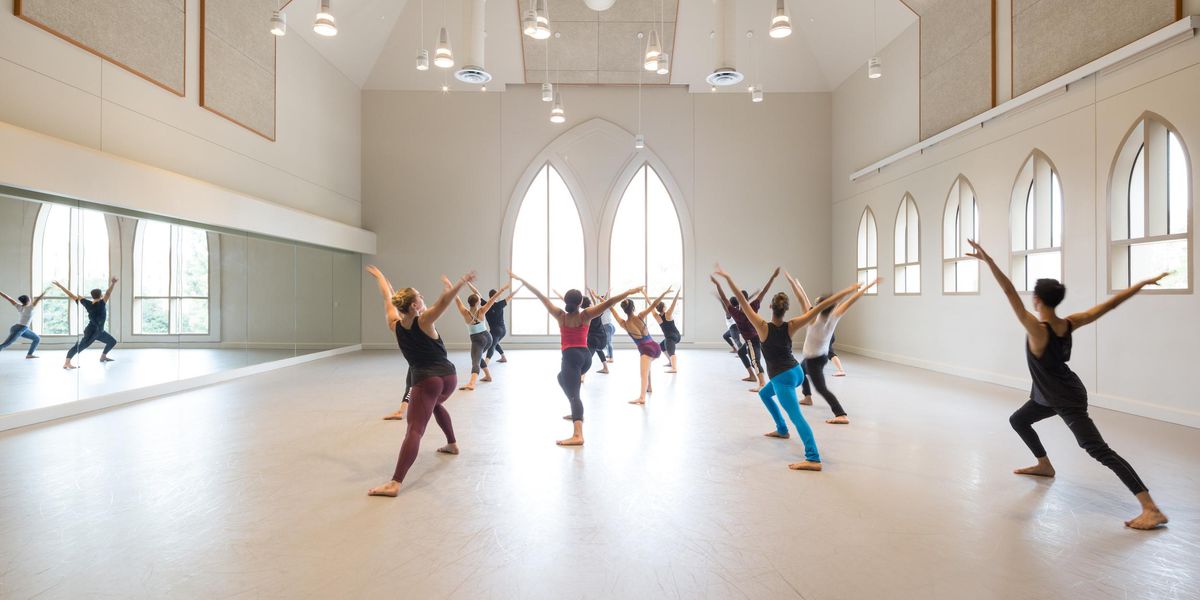Your Body: Post-Baby Steps
Get back to the studio sooner.
Houston Ballet principal Mireille Hassenboehler with son Teddy.
Stanton Welch’s ballet Divergence was the occasion for Houston Ballet principal Mireille Hassenboehler’s return to the stage after giving birth to her son. “I’m glad I took my time,” says Hassenboehler. “Becoming a mom is a huge change.”
The post-pregnancy recovery cycle used to keep a dancer out of the studio for months. With dancers now taking class until their due dates, most return far sooner—and with fewer problems. “Dancers are superior athletes and usually in superb condition when they deliver,” says Keith Reeves, MD, a gynecologist and obstetrician at the Center for Performing Arts Medicine at The Methodist Hospital in Houston. “That makes coming back easier.”
Rebuilding Your Core
If a delivery goes well, with no lacerations or an episiotomy, a dancer can return to class in four weeks. With a Cesarian section, recovery tends to take at least six weeks. Dancers who have had C-sections also need to beware of signs of fatigue and paleness. “There is more blood loss with C-sections, so we have to watch out for anemia,” says Reeves. However, a dancer can have a normal birth without complications and still feel exhausted. Hassenboehler found her progress slow. “I tried to just be patient with myself,” she says.
A dancer’s center of gravity will be off after birth. The uterus usually does not return to its normal size for six weeks, says Reeves. In addition, the pelvic and deep abdominal muscles are weak. Natalie Imrisek, a physical therapist who works with dancers in Los Angeles, encourages new moms to focus on strengthening the pelvic floor, abdominal, hip, and back muscles. For instance, put one hand on your lower abdominal muscles. Inhale while pulling your abdominals back toward your spine, away from your hand. Try to breathe normally, not sucking in your stomach; this requires engaging your transverse muscles. Repeat 10 times.
Restoring Flexibility
Dancers may find that their flexibility diminishes during pregnancy. Postpartum lower-back stiffness can have several sources, including weak abdominals and increased laxity in the ligaments. Imrisek recommends daily pelvic clocks—a rocking movement performed on your back to flatten, then arch, the spine. Lie on the floor with your knees bent, then pull your navel toward the floor in a tucking position. Flatten your back to the mat. Reverse the exercise by tilting your pelvis the other way. This brings more tone and flexibility to the spine, hips, and pelvis.
At first, dancers may still have a small belly that’s hard to the touch. Gentle massage helps tissues regain elasticity. “Gently massage the abdominals in circular motions or knead, as though you are bringing the muscle together,” Imrisek says.
Nursing
Many dancers want to breastfeed. “When you do, your breasts are larger and fuller, so you need to find a good supportive bra that doesn’t compress or restrict movement,” says Imrisek. You also need to keep up your fluid intake, so that exercise does not shrink the production of milk.
Though dancers often want to lose weight as quickly as possible, dropping pounds too fast jeopardizes breast feeding. “Excessive dieting will diminish both the quality and the quantity of breast milk,” says Reeves.
Nancy Wozny writes about health and the arts from Houston.
A Healthy Slice
There’s a reason why people recommend covering puffy eyes with
cucumber slices. The green gourd contains ample amounts of anti-inflammatory and analgesic ingredients. Cucumbers are also an excellent source of vitamin C and caffeic acid, which prevents water retention. So add a few slices to your next salad or sandwich.
Energy Drink Alert
Got a long day of rehearsals and performances?
Don’t grab a can of Red Bull or another energy drink to get you through. These high-caffeine beverages may promise five extra hours of stamina, but they may cause harmful side effects. Emergency rooms have seen a sharp increase in patients who experienced symptoms like dizzyness after drinking them, according to a recent study from the government’s Substance Abuse & Mental Health Services Administration. Energy drinks contain as much as 500 milligrams of caffeine (a cup of coffee averages 100). Combined with other typical ingredients—like taurine, herbal supplements, and sugars—it can create a hazardous mix and lead to arrhythmia and other problems.




